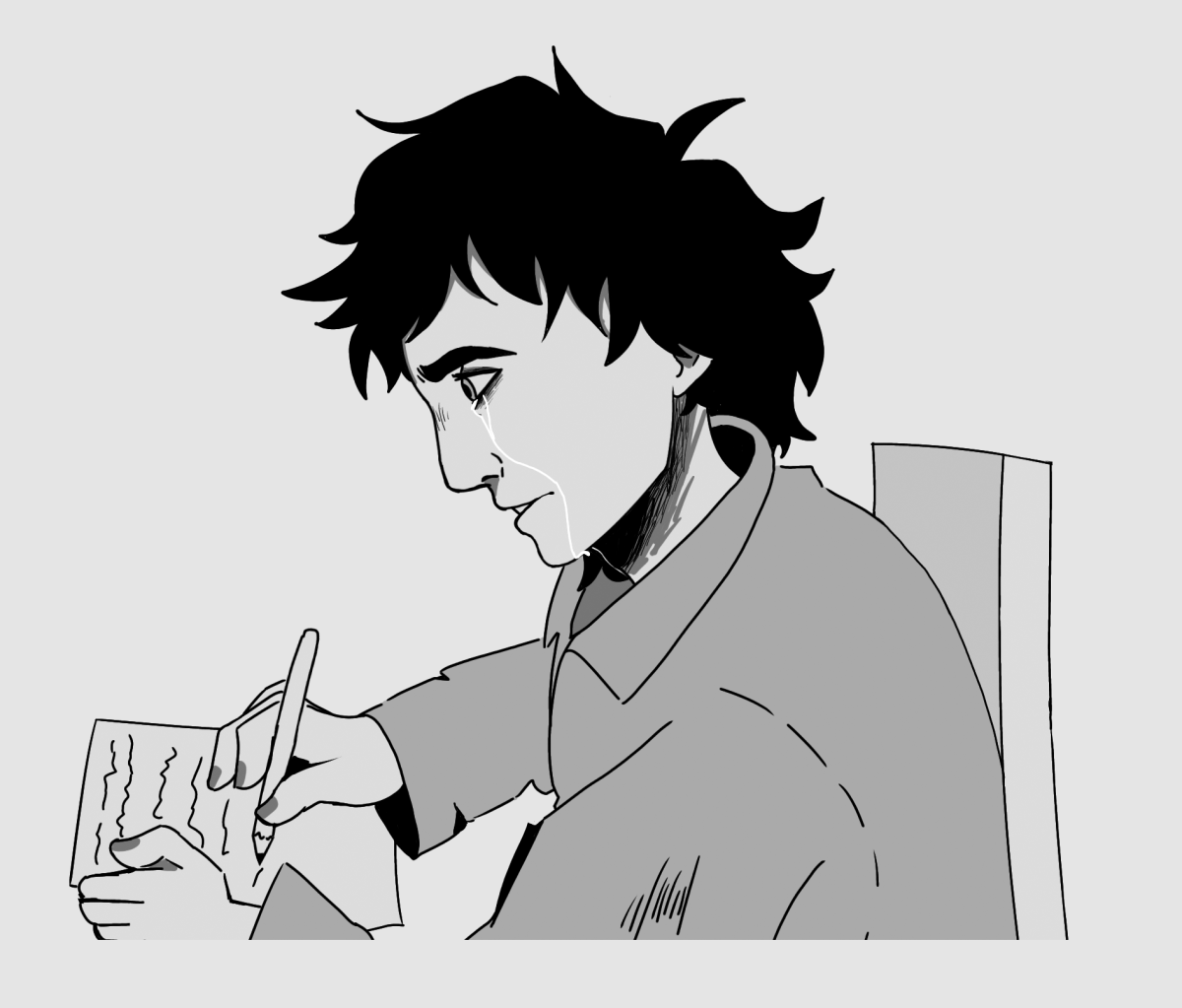The ocean is a vast and widely unexplored region, despite the fact that 71% of the Earth is covered in water. As to be expected, not every ocean is the same and within every single ocean is a multitude of different layers, caverns and zones to explore. The average depth of an ocean is about 12 thousand feet, with three identifiable “zones” as the waters run deeper and deeper.
The first zone, which is closest to the surface of the Earth, is known as the Epipelagic Zone, but has been nicknamed the “Sunlight Zone.” The Sunlight Zone is located from the surface of the ocean to about 656 feet deep. This zone is close enough to the surface that the sun illuminates the water and provides a sufficient amount of heat, which allows for a wide variety of common sea animals and plants to live and grow. The Epipelagic Zone is also where most recreational activities take place, such as swimming and fishing.
The Mesopelagic Zone, also called the “Twilight Zone,” is the second deepest zone of the ocean, going as deep as about 3300 feet . This area contains some residual natural light from the first layer, but not much. The Mesopelagic Zone transfers high levels of carbon dioxide and traps it down within the third and final zone so that it cannot be re-released into the atmosphere. The animals in the Twilight Zone are a little more unique, as various species of bacteria like the zooplankton inhabit the zone, along with other creatures such as jellyfish.
The third and final zone, the Deep Ocean, is composed of three subdivisions: the Bathypelagic (Midnight), the Abyssopelagic (Abyss), and the Trenches. These divisions are split from the distance 6600 thousand feet below the surface to the ocean floor. The creatures that reside on all of these levels are bioluminescent, meaning they are able to make their own light, but not a large amount. Because of the dark nature of the Deep Ocean, their eyes have adapted, which has allowed them to be able to detect the presence of those around them.

The first layer of the Deep Ocean, the Bathypelagic layer, is where the temperature is typically 39 degrees fahrenheit. The animals living there have to rely on other creatures for food as plants aren’t able to grow. Animals like squid and small fish can withstand the pressure of the Bathypelagic layer, and either use the area for hunting or travel down to the ocean floor.
The second layer of the Deep Ocean is the Abyssopelagic layer, taking its name after the word “abyss” because when first discovered, it was believed that the ocean was bottomless and never ended. We now know that this is not the case, but we may be proven otherwise later. There is little to no life in this area, as the pressure is too high and the temperature never reaches above freezing.
The Hadalpelagic layer, nicknamed the Trenches, is the last layer of the Deep Ocean. This makes the Hadalpelagic layer the deepest part of the ocean, mostly full of caverns and canyons. One of the only animals to be seen in this layer is abyssobrotula galatheae, a type of eel.
The deep waters of the ocean are vastly unexplored, bustling with life that has yet to be discovered. Currently, we have an issue with being humans and we are unable to withstand the high pressures at the bottom of the sea.
To explore the sea further, we need to find a way to not get squished like a tomato can, and then maybe we can become friends with special eels.














